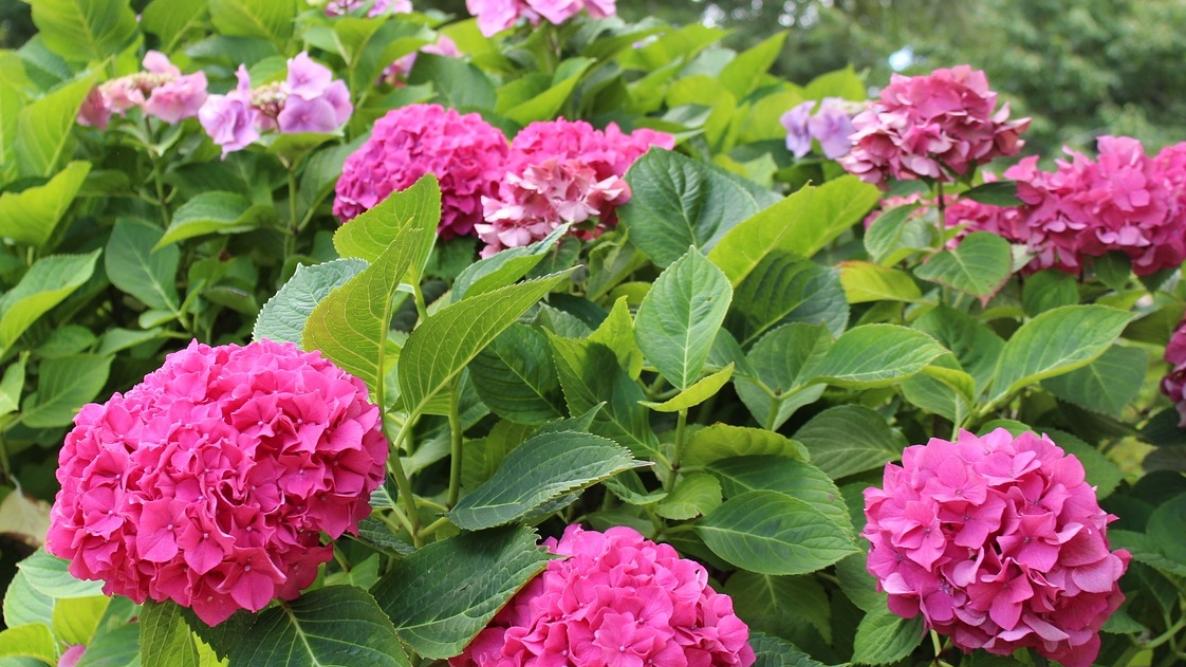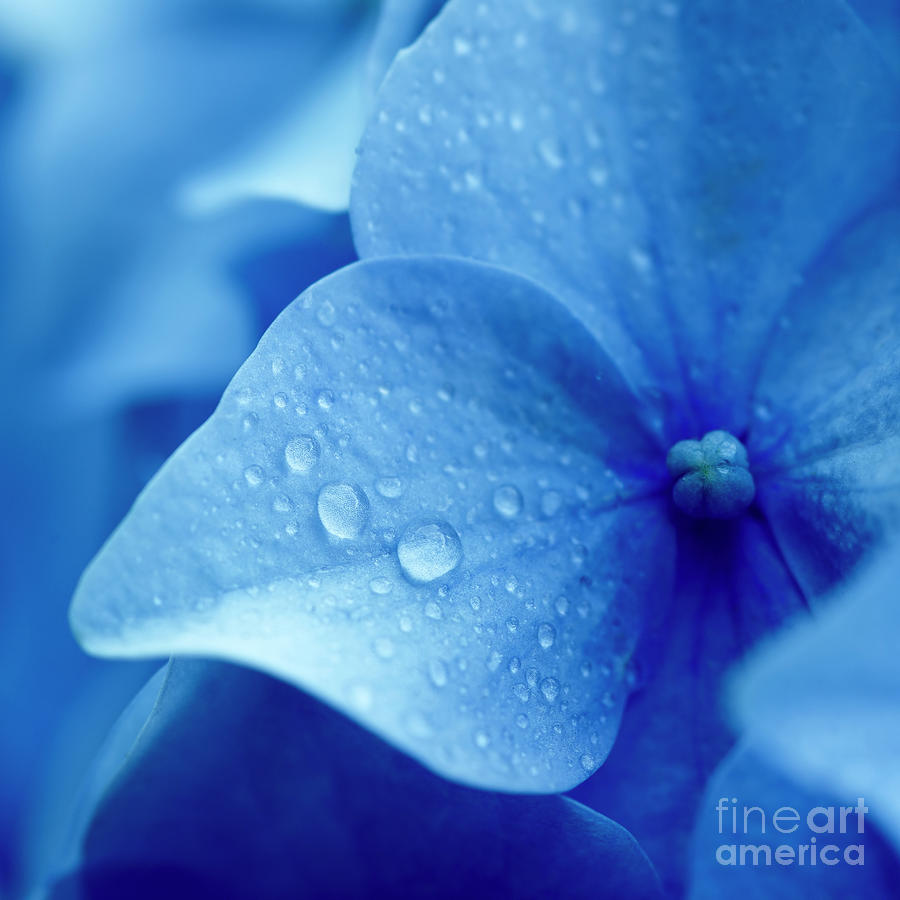Growing Hydrangeas: The Ultimate Guide
Growing Hydrangeas: The Ultimate Guide
Hydrangeas are beautiful flowering shrubs that can add a touch of elegance to any garden. They come in a variety of colors, from white to pink to blue, and can grow to be quite large. If you're thinking about adding hydrangeas to your garden, here's an ultimate guide to help you get started.
Introduction
Hydrangeas are relatively easy to grow, but they do have some specific requirements. They need well-drained soil, plenty of sunlight, and regular watering. They also need to be fertilized regularly, especially during the growing season.
If you live in a cold climate, you may need to protect your hydrangeas from frost during the winter. You can do this by covering them with a burlap sack or by moving them to a sheltered location.
With a little care and attention, hydrangeas can thrive in your garden for many years.
Main Content
Choosing the Right Hydrangea
There are many different types of hydrangeas available, so it's important to choose the right one for your garden. Some factors to consider include the size of the plant, the color of the flowers, and the amount of sunlight the plant needs.
If you have a small garden, you may want to choose a dwarf hydrangea. These plants typically grow to be no more than 3 feet tall. If you have a larger garden, you can choose a standard hydrangea. These plants can grow to be 6 feet tall or more.
The color of the hydrangea's flowers will depend on the type of plant and the pH of the soil. In alkaline soil, hydrangeas will bloom blue flowers. In acidic soil, they will bloom pink flowers. You can change the color of your hydrangeas by adjusting the pH of the soil.
Planting Hydrangeas
The best time to plant hydrangeas is in the spring or fall. Choose a location that gets full sun or partial shade. The soil should be well-drained and rich in organic matter.
Dig a hole that is twice as wide as the root ball of the hydrangea. Add some compost or manure to the bottom of the hole. Place the hydrangea in the hole and backfill with soil. Water the hydrangea well.
Caring for Hydrangeas
Hydrangeas need regular watering, especially during the hot summer months. Water the plants deeply once a week. If you live in an area with hot, dry summers, you may need to water more often.
Hydrangeas also need to be fertilized regularly. Fertilize the plants with a balanced fertilizer every six weeks during the growing season.
In the fall, you can prune hydrangeas to shape them or to remove dead or damaged branches. You can also cut the plants back to about half their height to encourage new growth the following spring.
Overwintering Hydrangeas
If you live in a cold climate, you may need to protect your hydrangeas from frost during the winter. You can do this by covering the plants with a burlap sack or by moving them to a sheltered location.
If you live in a mild climate, you can leave your hydrangeas outdoors year-round. However, you may want to water them more often during the winter months.
Troubleshooting
Hydrangeas are relatively resistant to pests and diseases. However, they can be susceptible to leaf spot and powdery mildew. If you notice any problems with your hydrangeas, you can treat them with a fungicide.
Conclusion
Hydrangeas are beautiful and versatile plants that can add a touch of elegance to any garden. With a little care and attention, they can thrive for many years.
Hydrangeas are beautiful flowering shrubs that can add a touch of elegance to any garden. But did you know that not all hydrangeas are created equal? There are actually many different types of hydrangeas, each with its own unique appearance and growing requirements.
If you're thinking about adding hydrangeas to your garden, it's important to do your research to find the right type for your climate and conditions. You can find a wealth of information about hydrangeas online, but one of the best resources is .
is a comprehensive website dedicated to all things hydrangeas. You'll find everything you need to know about growing hydrangeas, from choosing the right type to planting and caring for your plants. The website also includes a wealth of helpful articles, videos, and tutorials.
So whether you're a beginner or a seasoned hydrangea grower, is the perfect resource for you. Visit the website today to learn more about growing hydrangeas and to get started on your own hydrangea garden.
Image of growing hydrangeas
- A hydrangea bush in full bloom, with large, pink flowers.

- A close-up of a hydrangea flower, showing its delicate petals and blue color.

- A gardener pruning a hydrangea bush in the spring.

- A hydrangea bush growing in a shady spot in the garden.
- A hydrangea bush in a pot on a patio, with a variety of other flowers and plants.


Post a Comment for "Growing Hydrangeas: The Ultimate Guide"